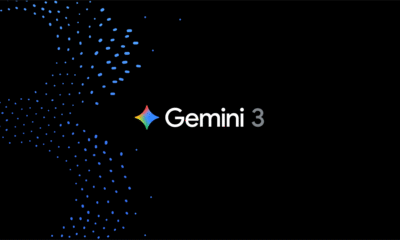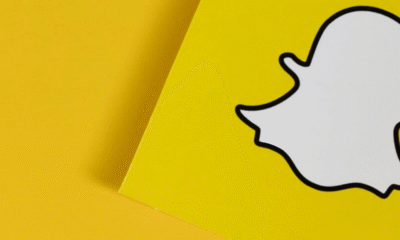AI and Deepfakes
Jessica Radcliffe Orca Attack Video Exposed as AI-Generated Hoax
A disturbing video claiming to show a marine trainer named Jessica Radcliffe being killed by an orca has gone viral on TikTok, X, and other platforms — but experts confirm the footage is a complete fabrication. The clip of Jessica Radcliffe’s orca attack video, which appears to show a killer whale violently attacking a woman during a live performance, has sparked global alarm. However, fact-checking investigations found no evidence that the event ever occurred and confirmed that Jessica Radcliffe herself is a fictional creation.
No Record of Trainer or Incident
The Orca attack hoax claimed Jessica Radcliffe was mauled to death during a marine park show in front of a live audience. But searches of marine park employment records, public databases, and official safety reports yielded zero matches. Major fact-checking outlets like Vocal Media found no legitimate news coverage of such an incident.
Analysts determined that the viral footage of Jessica Radcliffe’s orca attack video combined archival whale show clips with AI-generated voiceovers, while some versions included a false claim that the whale was provoked by menstrual blood — a detail experts say has no scientific basis.
Scarlett Johansson Demands AI Limits After Viral Deepfake Video Condemning Kanye West
Borrowing from Real Tragedies
Hoaxes often blend fiction with real-world events to increase credibility. In this case, the fabrication appears to draw from two genuine incidents:
The 2010 death of SeaWorld trainer Dawn Brancheau in Orlando, Florida.
The 2009 death of Spanish trainer Alexis Martínez in Tenerife.
Both tragedies were widely reported and featured in documentaries like Blackfish. By weaving familiar elements into the fake narrative, the creators exploited public memory to make the story seem authentic.
Social Media’s Misinformation Problem
Platforms like TikTok and Facebook have been criticized for the slow removal of AI-generated hoaxes. Studies show that false news often spreads faster and farther than debunking posts, making fact-checks less effective.
Psychologists warn of the illusory truth effect, where repeated exposure to a false claim — even when corrected — can reinforce belief in it. Analysts urge social media companies to implement clear labels for AI-generated content and improve moderation speed.
View this post on Instagram
How to Spot a Hoax Video
Media experts recommend these steps before sharing:
Check reputable news outlets for coverage.
Use reverse image or video search to find the original source.
Look for editing signs: mismatched lip sync, strange lighting, blurry facial details, or visual glitches around the mouth.
The Jessica Radcliffe orca attack video never happened. The video is an AI-driven fabrication, assembled from recycled footage and invented details. While the hoax fooled millions, it also highlights a growing challenge: in the age of deepfakes, separating fact from fiction requires vigilance — and a critical eye before clicking “share.”

































